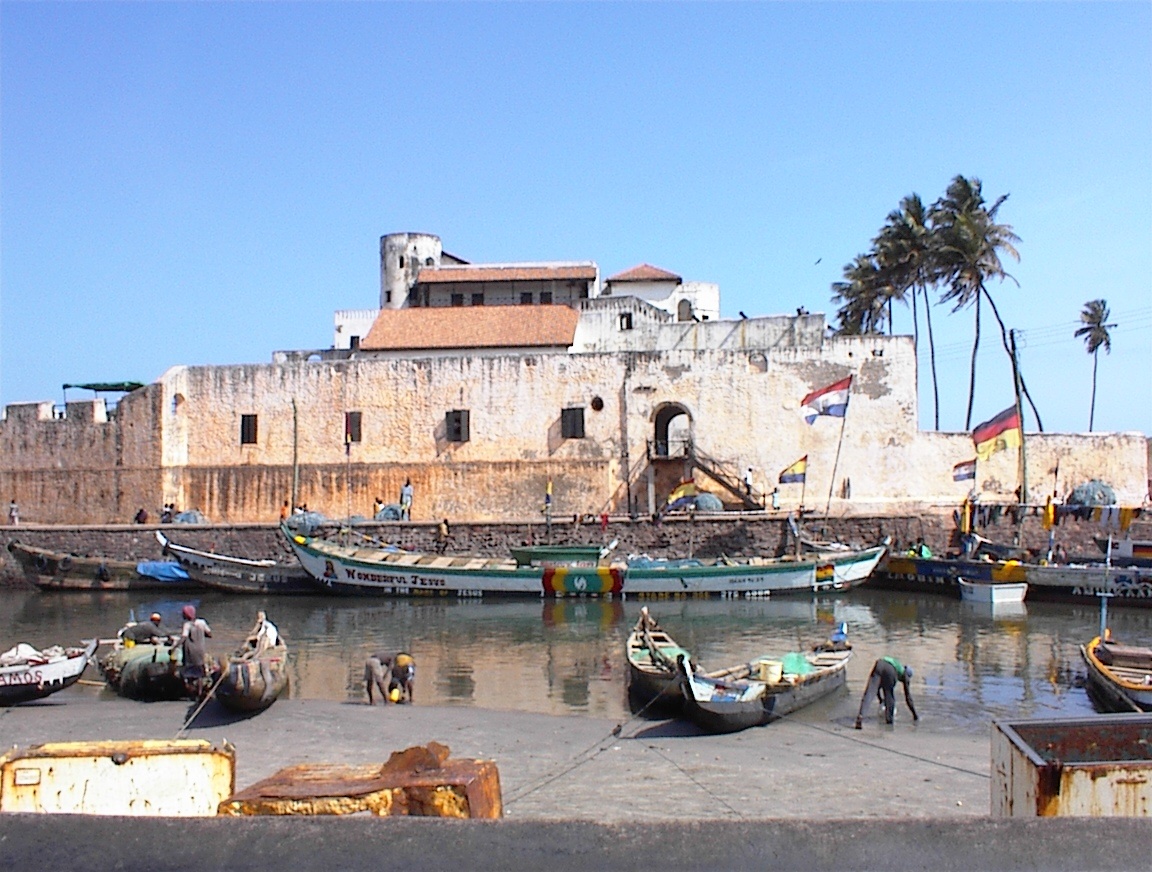A real de a ocho (or Spanish piece of eight) from the mid 16th century.
A taler from 1547 in the Holy Roman Empire, Maurice of Saxony (from the Money Museum)
We are going to spend a bit of time talking about the slave trade and its enormous ramifications for both the Americas, Africa, and Europe.

Elmina Slave Castle, present day Ghana - built by the Portuguese in 1482, taken over by the Dutch in 1642
A replica of an early matchlock trade musket.
Lastly, we are going to take a look at the European peasantry and how they played a role in the course of events during the upheavals of the seventeenth century. In this regard, we will be considering the armies of the 30 Years War and why they were different from what came before and the system of Enclosure in England. How did both of these things change the relationship between the elite and poor of Europe?
A map of the manor of Digswell, Herfordshire, England about 1599. From Hertsmemories.org.uk
Some themes and terms from your textbook Chapter 13 reading that you should know:
South Sea Bubble
Mercantilism
Ekpe
Oyo and Asante
VOC
Korpulu Reforms
Aurangzeb
Manchu
Canton System
Edo
Time of Troubles
30 Years War
Enclosure
Glorious Revolution
What pressures did the Ottoman Empire face in the sixteenth and seventeenth centuries, and how did these pressures and effects resemble those witnessed in the Mughal Empire?
In what way did the Tokugawa Japanese and the Qing Chinese take a similar approach to international trade? What was the fundamental difference between the two?





No comments:
Post a Comment